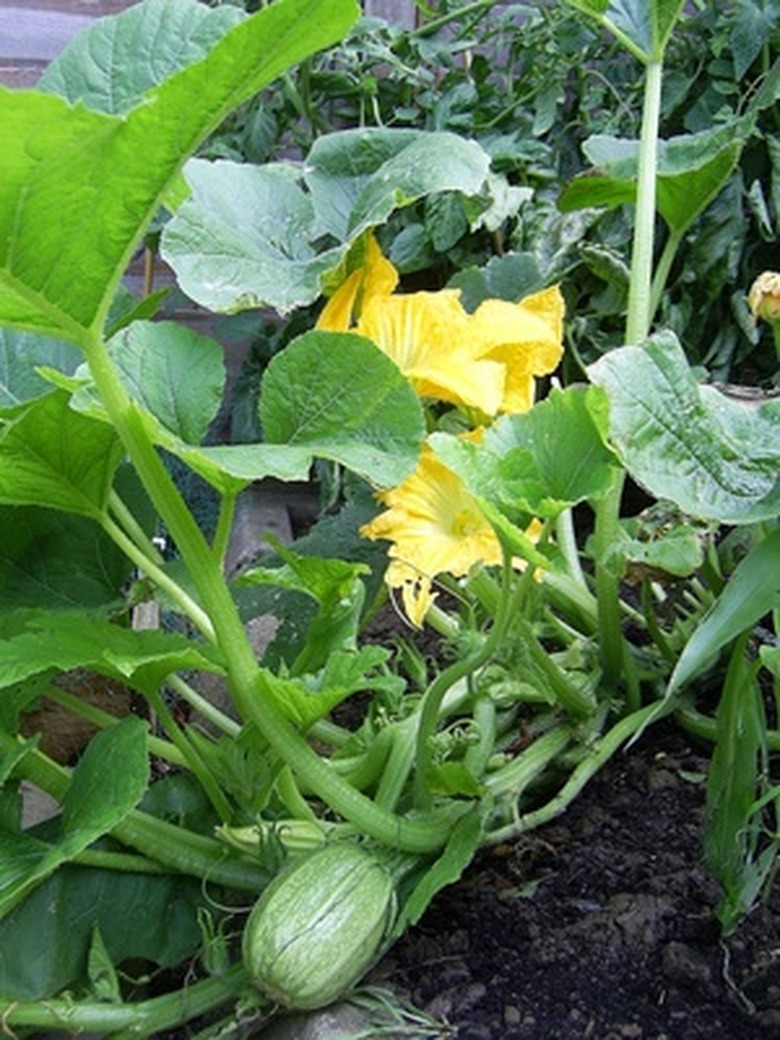How To Save Squash Seeds
Saving seeds from your garden squash allows you to save money on seed purchasing while ensuring your favorite varieties are available every year. You can save seeds from both summer and winter squash as long as the varieties are open-pollinated and not hybrid types. Squash readily cross-pollinates, so only plant one type of summer and one type of winter squash at a time if you are saving seeds. Summer squash includes vegetables like zucchini, while winter squash includes types like butternut and acorn.
Step 1
Harvest summer squash for seed-saving when the vegetables are fully mature and the skin is hard enough that you can't dent it with your fingernail. Harvest winter squash when the rinds are full color and the squash slips from the vine on its own either fully or partially.
Step 2
Slice open the squash and scoop out the seeds with your hands. Place the seeds in a colander and rinse off the pulp under warm water.
- Saving seeds from your garden squash allows you to save money on seed purchasing while ensuring your favorite varieties are available every year.
- Harvest summer squash for seed-saving when the vegetables are fully mature and the skin is hard enough that you can't dent it with your fingernail.
Step 3
Spread the seeds out on a sheet of newspaper in a warm, dry room. Place the seeds so they do not touch or overlap each other.
Step 4
Dry the seeds for three days then replace the newspaper with a new sheet. Dry for an additional three days or until the seeds are no longer moist.
Step 5
Label an envelope or jar with the squash variety and year harvested. Place the seeds inside and seal the envelope or jar. Store in a cool, dry place until you are ready to plant the seeds in spring.
- Spread the seeds out on a sheet of newspaper in a warm, dry room.
- Place the seeds inside and seal the envelope or jar.
Tip
Store the seeds in an unheated basement or garage. Alternately, store seeds in a jar in the refrigerator. Place a cloth bag filled with 1/2 cup powdered milk in the seed jar to absorb any moisture. Seeds remain viable for up to three years, but germinate best when sown the spring following harvest.
Things Needed
- Knife
- Colander
- Newspaper
- Envelope
- Jars
